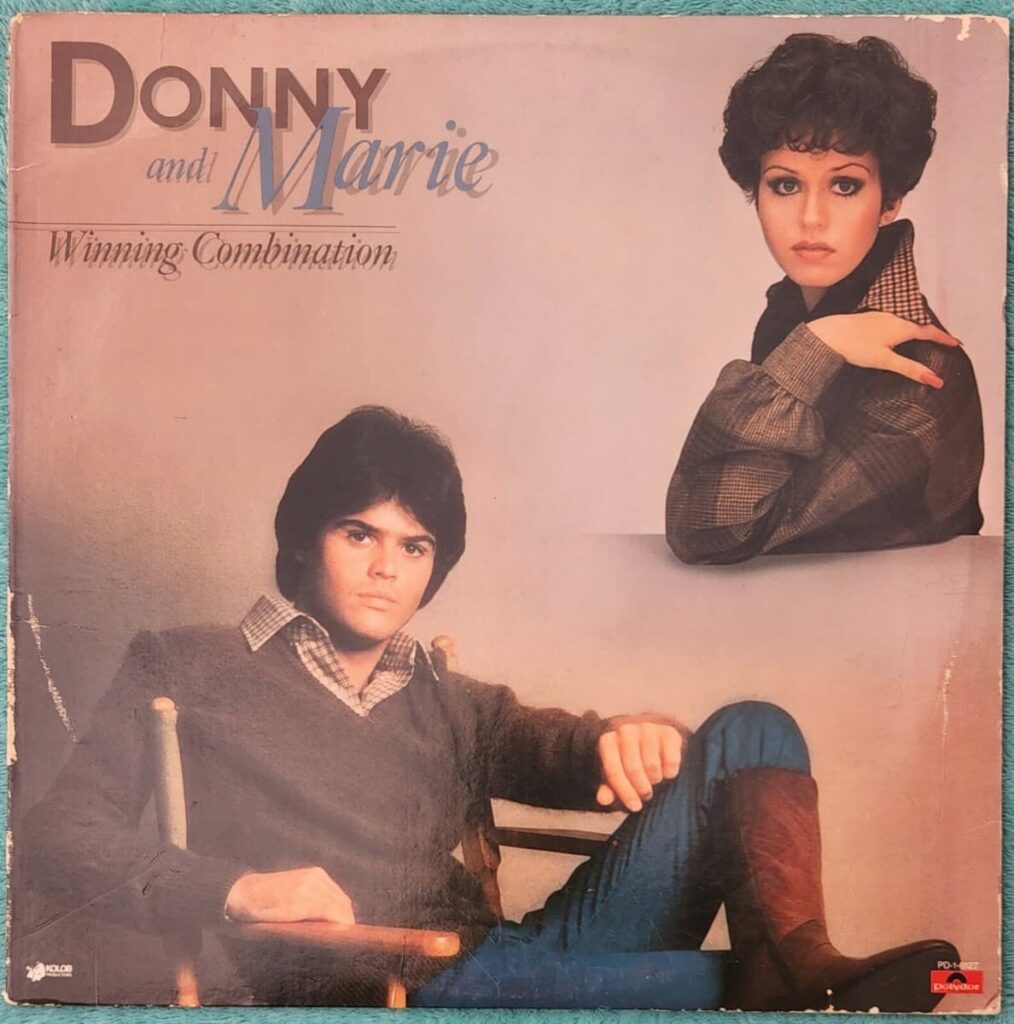
A joyous, harmonious plea for a lost love’s return.
The mid-1970s was a period of sonic and cultural upheaval. While punk rock was brewing in the underground and disco was beginning to command the dance floors, a different kind of sound was the centerpiece of American homes on Friday nights. It was the wholesome, clean-cut sound of a brother and sister duo who had captured the hearts of a generation. In 1976, at the peak of their television show’s popularity, Donny & Marie Osmond released their rendition of a classic, and in doing so, created a perfect time capsule of their era. The song was “C’mon Marianne,” and though it wasn’t their biggest hit, it remains a beloved anthem for those who remember the days of variety shows and innocent pop.
Released from their album, Donny & Marie – Featuring Songs From Their Television Show, the single was a solid, if not blockbuster, success. It brought the siblings back into the Top 40, peaking at a respectable number 35 on the Billboard Hot 100. Its success was more than just a number; it was a testament to the enduring appeal of the duo’s polished, family-friendly brand of pop music. It stood out as a joyous, high-energy track on the album, a stark contrast to some of their more ballad-heavy material.
The story behind “C’mon Marianne” is one of a musical baton pass. The song was originally a Top 10 hit for the legendary Frankie Valli and The Four Seasons in 1967. The original version was a quintessential slice of 1960s pop, complete with Valli’s iconic falsetto and a driving, slightly raw, garage-band feel. When Donny & Marie took up the song nearly a decade later, they transformed it completely. Gone was the gritty desperation; in its place was a sparkling, orchestrated pop production. Donny’s earnest, youthful lead vocal and Marie’s bright, sunny harmony created a wholesome veneer that was utterly in keeping with their public persona. The song was meticulously arranged to showcase their blend of voices, backed by a lush soundscape of clean guitars, a prominent rhythm section, and a full orchestral flourish.
But beyond the production, the song’s meaning is what gives it its enduring charm. It is, at its core, a hopeful plea. The lyrics speak to a narrator who is urging his beloved, Marianne, to return to him, to get past her hurt and get back to the love they once shared. It’s a song about persistence and optimism in the face of rejection, a theme that resonated perfectly with Donny and Marie’s a squeaky-clean image. While the original had a certain yearning and desperation, the Osmond version is all earnestness and bright-eyed conviction. It’s the sound of teenage longing, sanitized and packaged for mass appeal, yet still brimming with genuine emotion.
For those of us who remember those times, “C’mon Marianne” is more than just a song; it’s a powerful cultural touchstone. It takes us back to Friday nights spent in the family living room, the television flickering with bright colors and cheesy smiles. It was a time when pop music could be both widely popular and completely wholesome, a comforting alternative to the more rebellious sounds of the day. The song is a monument to the simple power of a well-crafted melody and a perfect vocal harmony, reminding us of a time when the world felt a little less complicated, and the biggest plea you could make was a joyful, insistent “C’mon Marianne.”